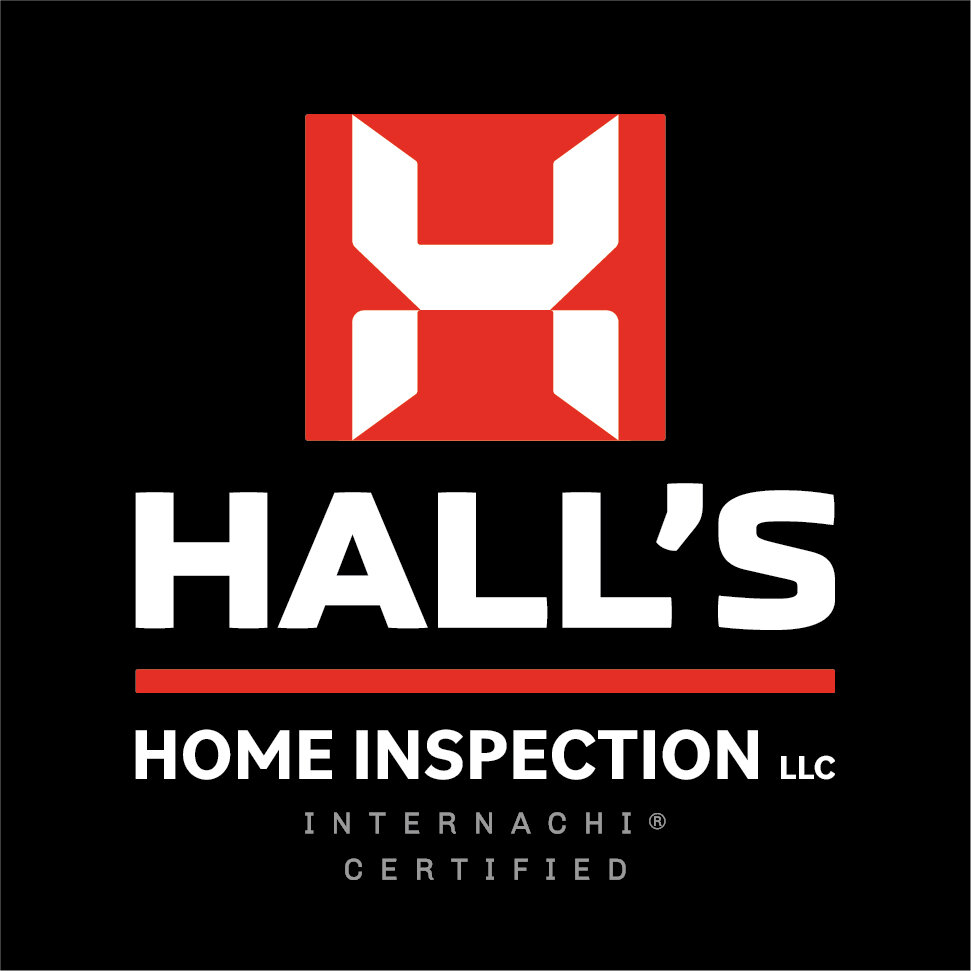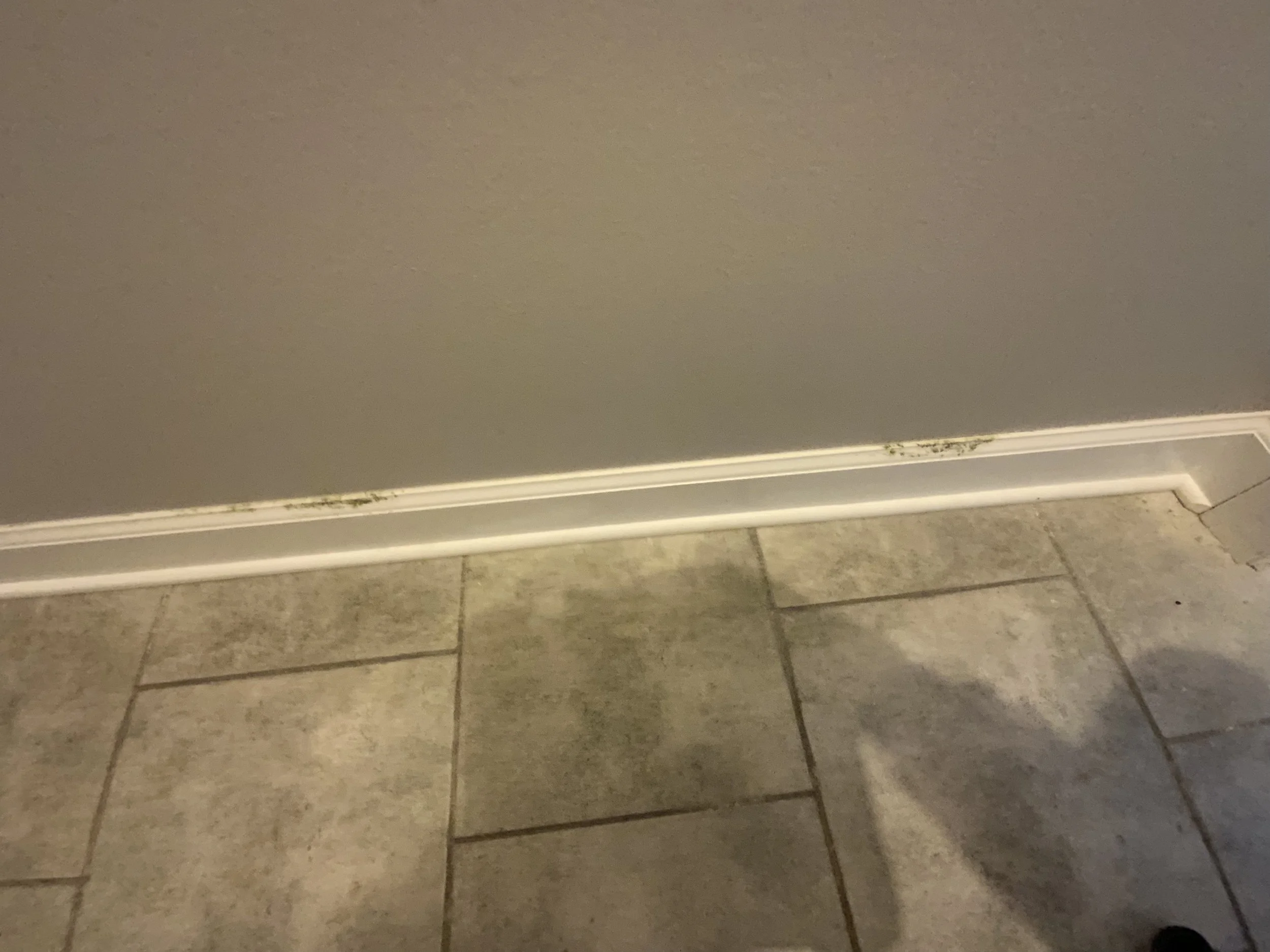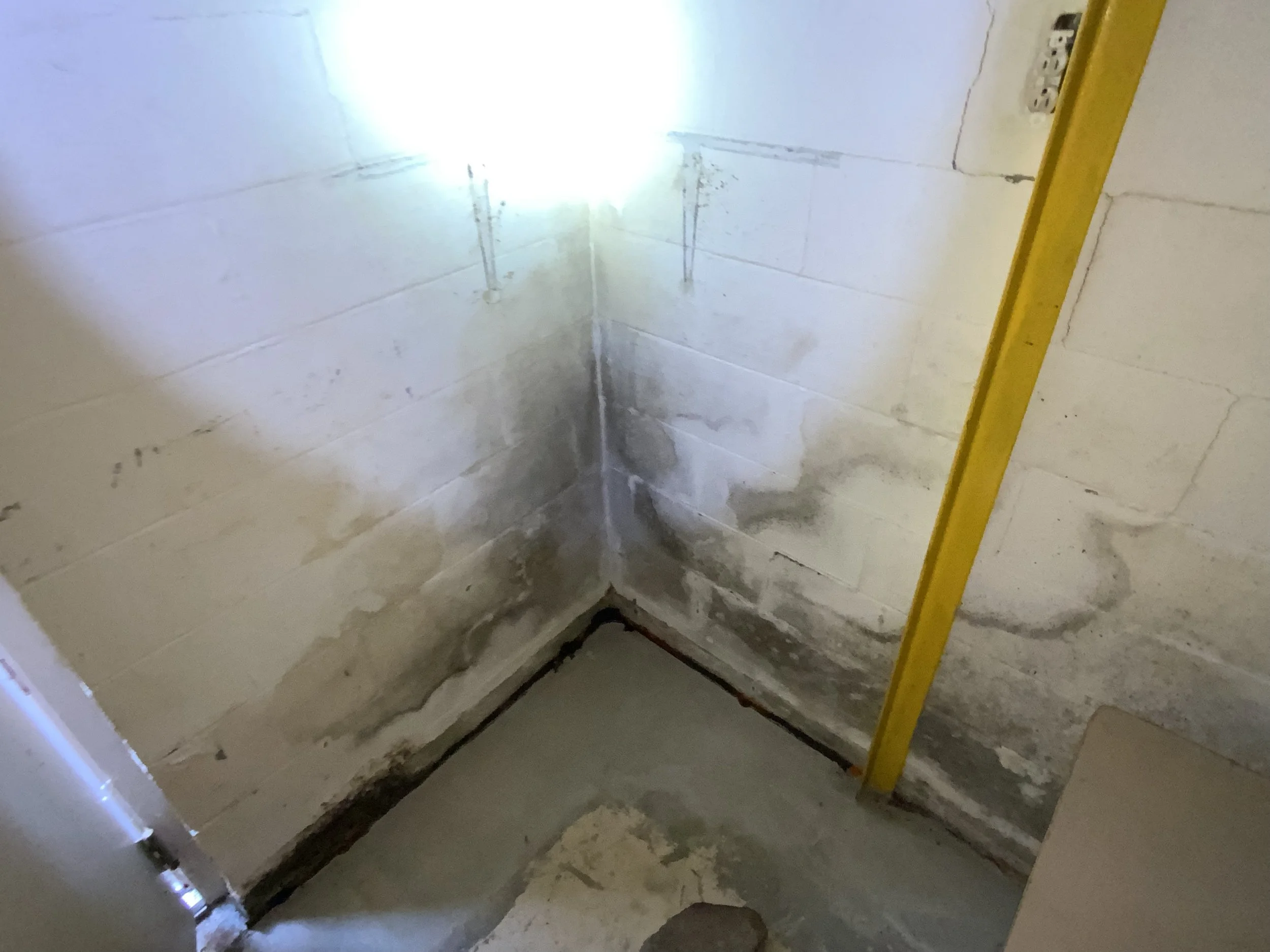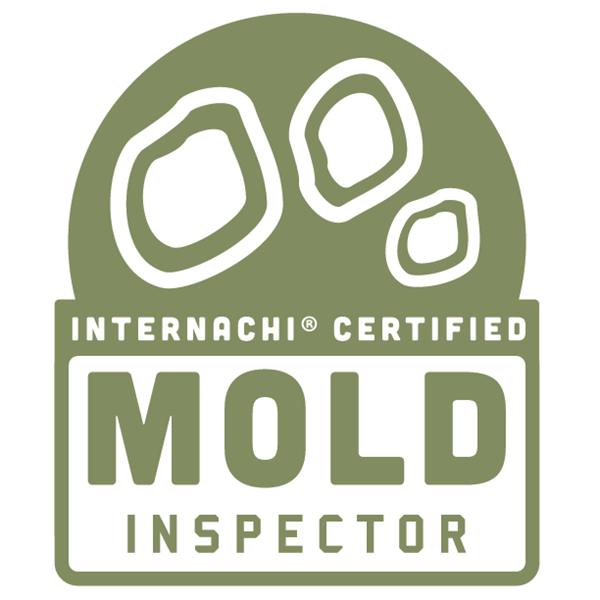All About Mold
Testing and inspecting for mold is not technically a part of a home inspection, at least according to the InterNACHI® and many state standards. The InterNACHI® SOP states the inspector is not required to “determine the presence of mold, mildew, or fungus” SOP 2.2 SS J. That being said, most inspectors will call out areas that are potential or apparent mold or “microbial” growth.
It is not possible to visually identify mold. While an experienced inspector or mold contractor may have a pretty good idea of what is and isn’t, ultimately a laboratory analysis is required. Furthermore, a lab analysis is better because not all molds are toxic.
It is not possible to identify if mold is toxic or not without laboratory testing. Therefore, in a mold inspection, the purpose is to collect samples via air and surface sampling methods that are then evaluated by a qualified lab for species identification and semi-quantitative spore counts.
You may have heard of “black mold”. There’s no such thing.
Mold can be any color and depends on both the species and substrate that the mold is growing on. Only a laboratory analysis can determine if apparent mold growth is in fact a “toxic” species. Mold may be black and NOT produce any such toxins.
Of the 100,000+ mold species that exist, most do not produce the toxins that are medically relevant to humans. These toxins are called mycotoxins and only some mold species produce them. The color or appearance of mold cannot determine whether mycotoxins are produced.
A small amount of apparent growth that was confirmed to be mold of the aspergillus family. A common and mild allergen. The growth needs to be cleaned off with detergent and water.
All mold may have an effect on humans. This is often not a lethal effect but may be allergy-like symptoms. One of the most common molds found inside of homes is the Aspergillus family of mold. This mold species is very common and is often not a concern in small levels.
That’s the thing about mold—it’s in EVERY home. There is no structure without mold, except maybe specialized medical or research areas that are sterilized professionally.
Small amounts of mold spores inside of a home are not likely to cause a problem. Problems arise when 1: the spore counts are significantly high and/or 2: moisture is present.
There are no widely accepted national or industry standards as to the acceptable amounts of mold spores in a home. Therefore, comparison samples are analyzed with samples taken outside and inside the home. A common metric used by labs is that there should not be a significant increase of spores inside versus outside, and there should not be mold inside that was not outside. Either situation may indicate a contamination that should be corrected.
The laboratory report will indicate whether the conditions inside were elevated or not.
As far as moisture is concerned, mold cannot grow without moisture. Mold begins to grow at 55-60% and higher relative humidity. Relative humidity is the amount of water vapor in the air. Relative humidity in a home should be between 30-50%. Any less and the air will be dry and uncomfortable. Allergy-like symptoms, dry throats, and cough can develop here. This is common in winter. Dry air holds less water. In these situations a HUMIDIFIER can be used to RAISE the humidity.
As soon as I walked into this basement I could smell an intense musty, mold-like odor. I found this growth at the walls. Growth was present throughout the basement (which was quite large). This was a serious amount of mold and it needed to be remediated by a professional.
This was the same basement as above. Notice that this growth is thicker, heavier, and more blotchy than the other. This basement was quite large, and these two areas of mold were seperated by a partition wall. It is very possible that these are two different species of mold. Despite the fact that both were the same color, they had very different appearances. It is also possible that this area was simply heavier in spore count. This is why a laboratory analysis is necessary to determine.
In cases where the humidity is over 50%, insects are more likely to enter the home. Insects such as roaches like wet areas. And as previously mentioned at about 55% and above mold will begin to grow—even if visible moisture does not exist.
A mold inspection measures the temperatures and relative humidity of problem areas and the home in general. These are recorded in the report for your convenience. In cases where humidity is too high, a DEHUMIDIFIER can be used to LOWER the humidity.
Humidity is affected by poor air sealing of the home, water leaks, heavy plant presence, human breath, condensation, washing dishes, laundry, etc.
In addition to relative humidity, water damage and leaks are often the cause of heavy mold growth. Stachybotrys is a mold species that is commonly called “Black Mold” although, once again, mold can be any color, and color is not indicative of species. Testing is required.
Stachybotrys can produce serious mycotoxins, but like many molds it requires significant moisture to grow. This mold likes to grow on drywall, cellulose, and wallpaper. It usually indicates a water problem, such as roof or plumbing leaks, foundation seepage, etc. High humidity is not likely to produce this mold in any large or concentrated areas (although it could continue growing under it).
In a mold inspection, areas of concern are not the only things inspected for. Water leaks, potential for water intrusion, water staining and/or damage is also inspected for. It is common to find some mold in a bathroom, kitchen, or basement in small amounts and not have any active water issues. These are often wet areas by default, although this could also indicate plumbing leaks or foundation seepage.
Molds can often be removed with detergent and water. The visible portions need to be REMOVED and not just bleached, which may or may not work but will NOT remove the physical debris and is caustic. Once fully removed, assuming the moisture is under control, the mold should not come back. If it does, it indicates a moisture problem.
Mold found in large areas needs to be professionally remediated.
At the time of writing this blog, Hall’s Home Inspection LLC has the only mold inspector in Huntington and Ashland WV and KY that is a Certified Mold Inspector through the International Association of Certified Indoor Air Consultants-the IAC2®. The IAC2® is designed to educate and establish a set of professional standards to be followed for mold inspectors. Hall’s Home Inspection LLC also has a Certified Mold Inspector through InterNACHI®. InterNACHI® owns IAC2® but is a separate entity focused primarily on home inspections. Both are nonprofit and educational trade association.
You can view a sample mold inspection through a qualified laboratory by clicking here.
In addition to the lab report, our clients receive a mold inspection report directly from us. We do not interpret the results of mold, as we are not medical professionals. The lab report does that. We recommend remediation or further evaluation by an environmental contractor if necessary. You can view a sample mold report from Hall’s Home Inspection here.






